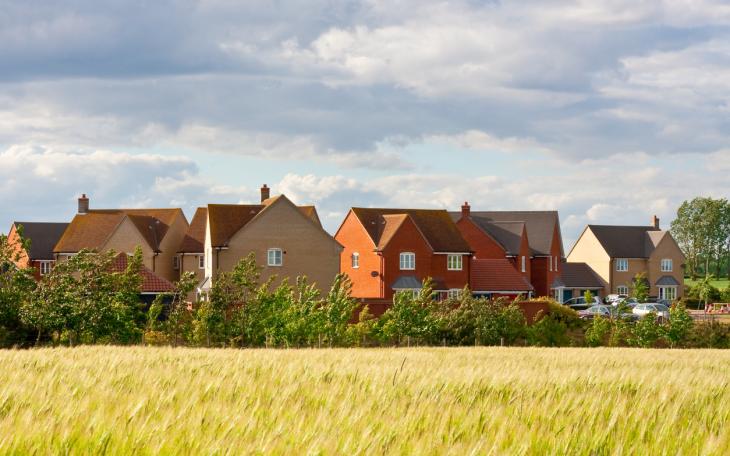It's not easy being green

Once you get to the top of the hill on London Road, Brentwood you have three options. Dead ahead lies the M25 with vistas of the Shard and the skyline of Canary Wharf in the near distance. Take a left, and you’ll enter a suburban street of 1930s semi-detached houses where the views turn to the domestic rooftops of the recently regenerated Warley Hospital. Incidentally if you continue down that road, you’ll arrive at the town’s train station, recently connected to the Elizabeth Line to shuttle commuters into the heart of the capital. And if you take the right, you’ll go down Honey Pot Lane, a winding country road barely big enough to fit two cars, taking you to small villages nestled within agricultural fields and rolling hills.
For me, these contrasts make Brentwood potentially the archetypal example of a town stuck within the green belt. A massive 89% of the Borough is classed as green belt land, the seventh highest in England by the percentage of the total area as of 2020/21. Switch the lens to parliamentary constituency, and it’s actually the highest, with land classed as green belt in Brentwood and Ongar taking up a massive 94% of the entire constituency.
The original purpose of the green belt was simple: to prevent cities spreading. And since it was first introduced by London’s post-war planners, it has been very successful in doing so. Around 12% of England is now designated as green belt – stamped with a presumption against building on it unless there are ‘very special circumstances’ for doing so. As it happens, that’s more than all of England’s developed land and infrastructure, which makes up a whole 8%. And whilst scaremongering reports about how the green belt is being eroded at an unprecedented pace seem to appear on a cyclical basis, since 2006 just 1% of total green belt land has been released from the Belt’s tight buckle – not even a notch.
It appears that for Tory PM candidate Rishi Sunak, even 1% is just too much. Speaking to his grassroots last week, he pledged to reform the National Planning Policy Framework to enforce a blanket rejection of all requests to release green belt land for housing if given the top job. In its place, Sunak contends that development will take place squarely on ‘brownfield, brownfield, brownfield’ (especially in the North), with ‘inner-city densification’ offering another promising avenue for housing stock.
The problem is that these measures are no longer enough in isolation. The same 15 years that saw 1% of green belt land released also saw the UK’s population increase by 10.1% - growth that shows no sign of slowing down. In the same vein, demand for housing has consistently outstripped supply as housing prices soar and construction slows. As the Centre for Cities’ Anthony Breach points out in ConservativeHome, ‘the consensus that the green belt should be protected at any cost is beginning to break down as the sheer size of those costs have become visible.’
It also completely ignores where people are actually moving to. Last week, Bloomberg UK reported figures which suggests the exodus from London is far from over, even as we return to office working. Almost 8% of homes purchased outside of the capital were bought by Londoners in the first six months of this year, up from 6.9% in the first half of 2019. Of these, movers accounted for half the deals, whilst first-time buyers accounted for 28%. The most popular choices? Epping Forest, Slough and Epsom & Ewell - all settlements surrounded by the Green Belt.
Whilst much of the Green Belt debate surrounds the future of cities and their ability to accommodate the thousands of people flocking towards them, smaller towns stuck within the Green Belt - which could offer a solution - are often ignored as victims of their own circumstance. It’s increasingly clear that whilst we tend to think about green belt release on a site-by-site basis, the ongoing housing crisis presents its own set of very special national circumstances that demand a national solution.
This article was originally published in Advocacy Local’s Politics and Planning Newsletter. To receive our fortnightly newsletter straight to your inbox, subscribe here: http://eepurl.com/htOBCv









